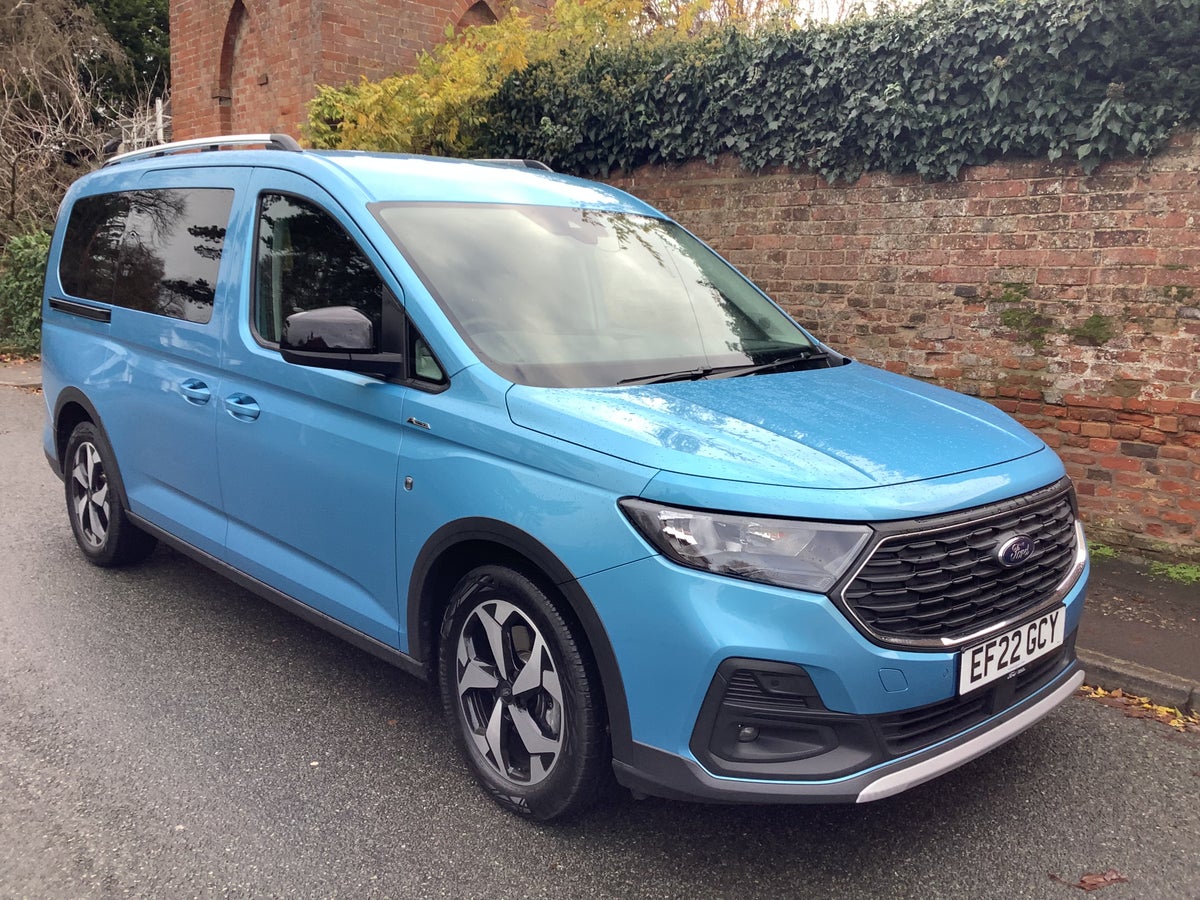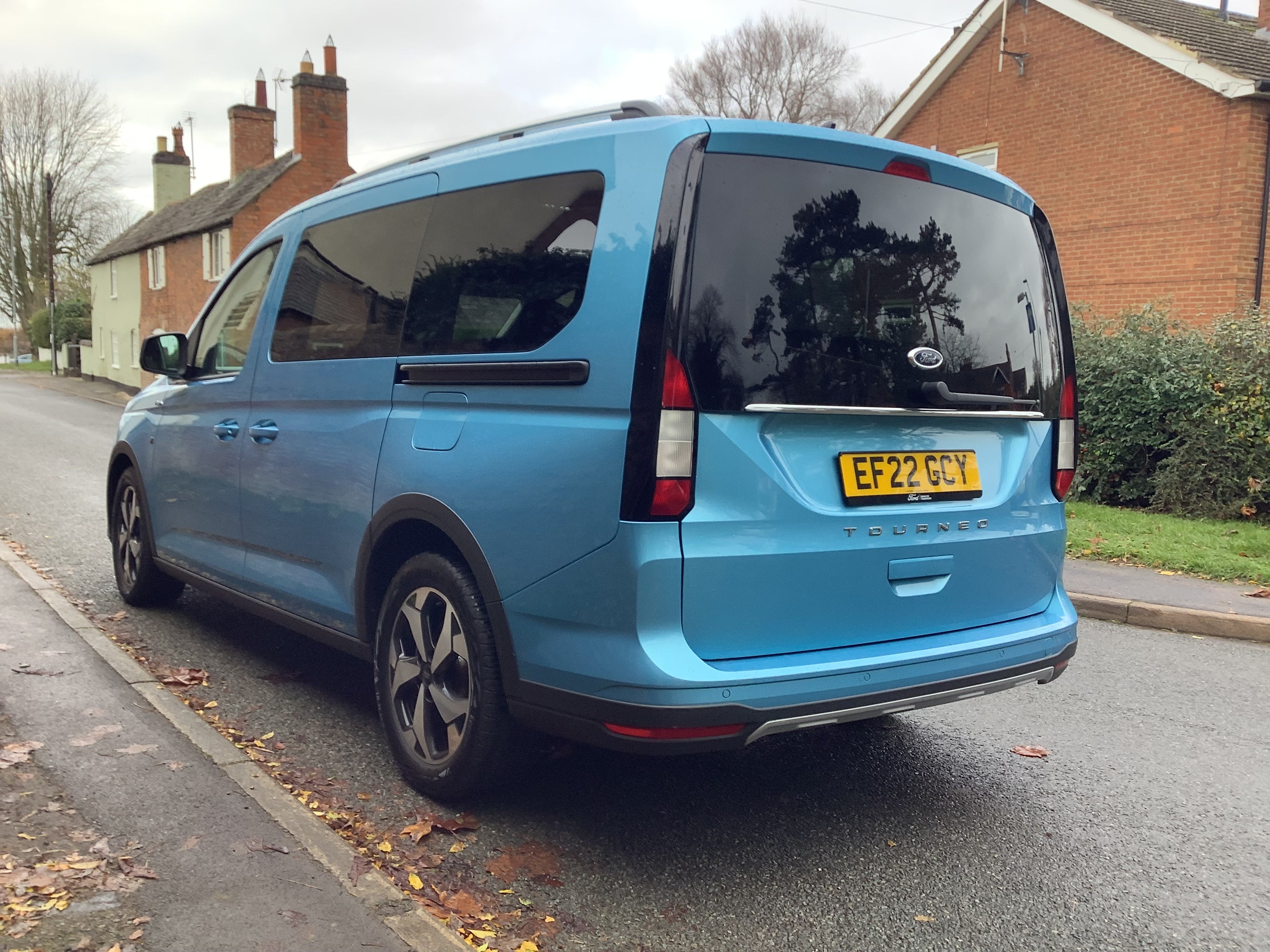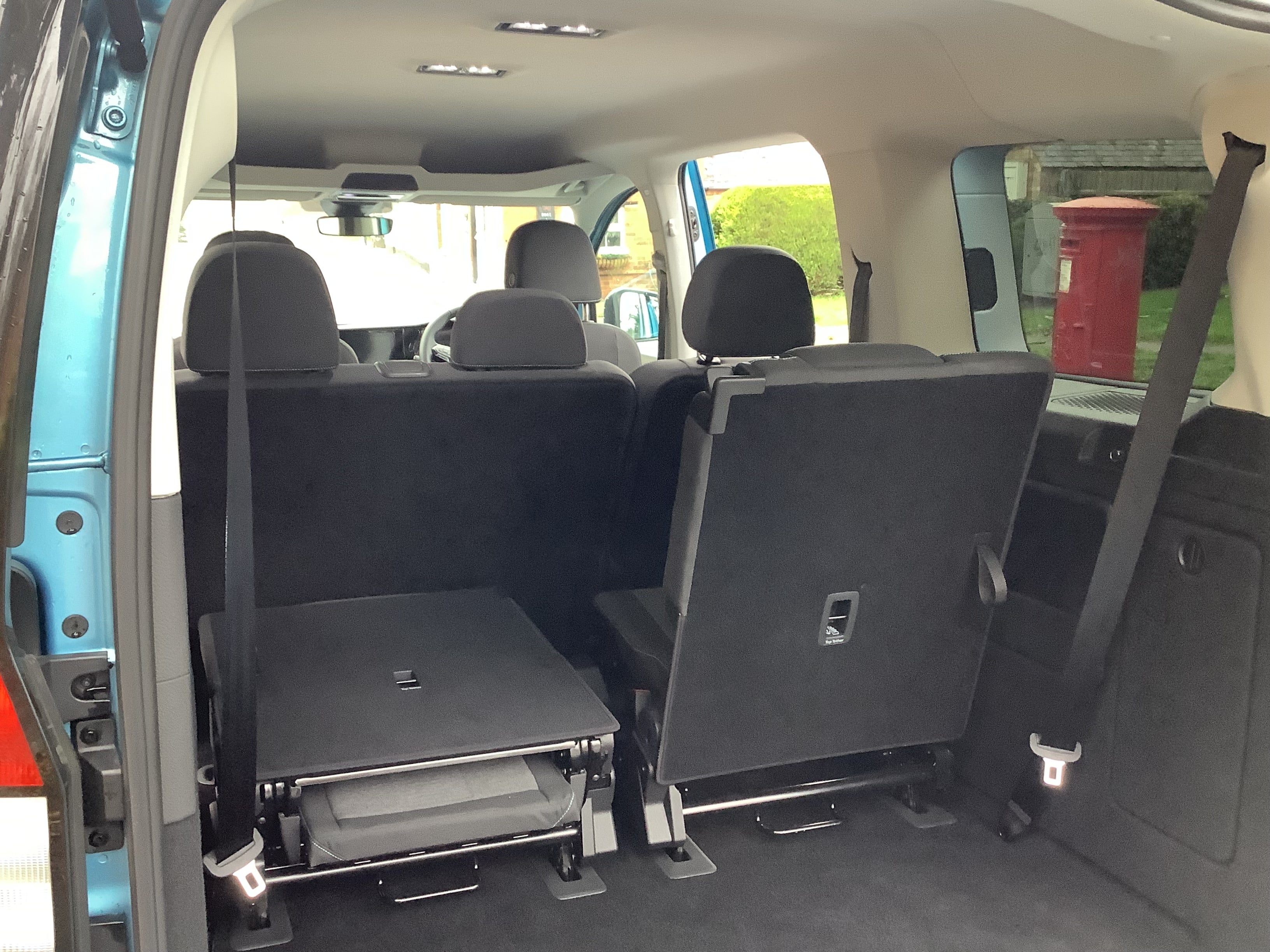
The Ford Tourneo Connect is one of a growing breed of cars derived from vans and designed for maximum space, carrying capacity – five or seven seats is the usual choice – and fun, in a utilitarian sort of way. You may remember the days when they used to make vans out of Ford Escorts, say, but now the manufacturers have had to put the ever more demanding commercial vehicle side of things first, maximising space and adding extra conveniences for delivery drivers and the like.
The “civilianised” Renault Kangoo and Citroen Berlingo were a couple of early entrants, and the class has become more accomplished and, frankly, the “cars” bigger and bigger over the years. The industry calls them “leisure activity vehicles” or LAVs (I kid you not), but for obvious reasons that abbreviation doesn’t figure much in the marketing literature.
There are quite a few around now, including a whole family of electric-only Stellantis models – the latest Citroen Berlingo, Peugeot Rifter and Vauxhall Combo Life, plus a Toyota sibling with a diesel engine. The Renault Kangoo and forthcoming Mercedes-Benz T-Class are also siblings, while this new Ford Tourneo is a rebadged VW Caddy. The other compact five-to-seven-seater on the market is the Dacia Jogger, which is more car-like and exceptional value.

Right, back to the Tourneo. Indoors there’s no doubting its van origins. This is good because it’s extremely roomy and versatile. There are cubby holes all over the place, including in the roof, and an immense sense of space. You can specify a five- or seven-seater version, each on long or shorter wheelbases, and you can flip, fold and remove the rear rows of seats to suit – all fairly easily. The laws of physics haven’t been abolished, so more passenger space equals less luggage space, and vice versa. Still, the very long seven-seater version I tried should suit even the biggest of families. With its cheery and hard-wearing blue and grey cloth upholstery, it felt very much like a mobile playroom.
THE SPEC
Ford Tourneo Connect Active
Price: £33,296 (as tested, starts at £28,409)
Engine capacity: 2.0l diesel, 7sp auto, FWD
Power output (PS): 122
Top speed (mph): 106
0 to 60 (seconds): 13.3
Fuel economy (mpg): 52.9
CO2 emissions (WLTP, g/km): 140
Outdoors, they’ve done their best with the looks, and the car doesn’t sit too high up in the air. The darkened windows, smart alloys, and bright blue paint job on my one made it look almost stylish. Plus points for practicality are the sliding side doors (both sides), handy for tight corners. On the negative side, the rear hatch needs quite a bit of clearance, though it offers good cover in the rain. For that reason and its overall length of 4,853mm it’s a bit of a pain to park – 15 feet or so, a bit shorter than a BMW 5-Series and slightly over the standard UK parking space. Twin folding doors would be better.
The diesel engine is willing and economical, and the seven-speed auto box is smooth enough, but there’s not much more to praise, and it doesn’t really invite the enthusiast to put it through its paces (nor is meant to be). A better choice is the 1.5-litre petrol engine, given the current consumer hostility towards diesel, not helped by VW’s Dieselgate scandal. You will get outstanding economy with either, even with a full load of seven adults plus clobber.

There’s the usual suite of driver-assistance features, accessible via buttons on the steering wheel. Extra luxury comes with the Active version, including full connectivity via a 6in touchscreen. However, that unit is a bit of VW that’s not that easy to use, with its touch-sensitive slider controls for heating and radio volume tricky to use. I also found one of the sliding doors a bit reluctant to close. Traditionally, vans live short, hard-used lives, and cover huge mileages over short stretches of time. So they’re tough, but not necessarily designed for the kind of longer period of ownership that many private buyers prefer; still, it’s a great deal of car for the money.







